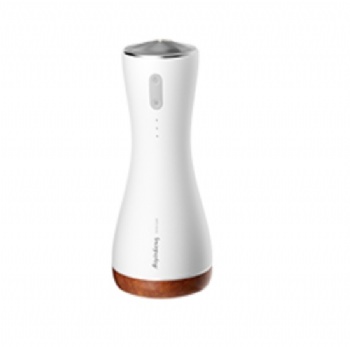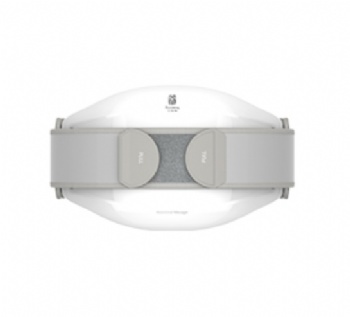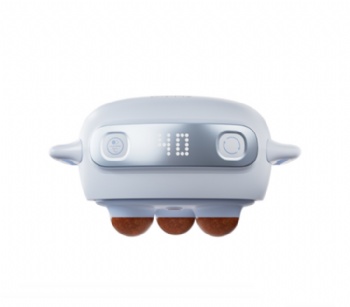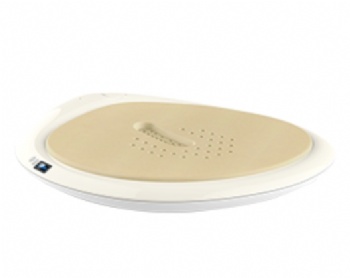News
Why is the effectiveness of your moxibustion not as good as others'?
"Jiu"–or moxibustion–combines "jiu" (long time) and "huo" (fire), meaning "treating with sustained fire heat". Some conditions improve greatly after a few moxibustion sessions; some heal after several courses; others need moxibustion for months, half a year, even over a year to recover. Thus, many moxibustion users often ask: Why is this? Moxibustion experts believe the differences in its effectiveness mainly come from the following reasons:
1. Diseases Vary in Depth
Superficial ailments are easier to resolve, while deeper ones are harder. From the skin, muscles, tendons to the marrow, the deeper the disease, the tougher to treat. For shallow conditions, moxibustion’s heat and medicinal properties penetrate easily, speeding recovery. For deep-seated issues, these elements struggle to reach the core—each tissue layer absorbs some heat and potency, leaving little for deep lesions. Hence, healing takes longer.
2.Diseases Differ in Location
Meridian-related ailments are easier to address, while those in the six fu-organs (gallbladder, stomach, etc.) are tougher, and those in the five zang-organs (heart, liver, etc.) the hardest. Meridian blockages clear with meridian unblocking—some seemingly severe cases, once feared to linger for months, improve drastically in a few courses or nearly heal within a month, as they remain at the meridian level.
Weakened healthy qi allows disease to invade the six fu-organs, demanding both meridian unblocking and fu-organ nourishment. With further qi decline, disease penetrates the five zang-organs, growing even more intractable. Diseases reaching the Shaoyin level (e.g., kidney or heart) can even be life-threatening.
3.Whether the Disease Has Altered Tissue Structure
Diseases with unaltered tissue structure are easier to treat; those with internal-external involvement, structural changes, and severe vital qi depletion are harder. “Structural changes” include tumors, endometriosis, gastric ulcers, etc. Tumors, for example, can’t be cured in a few moxibustion sessions—months of treatment are needed. If organs have atrophied or aged, quick recovery is impossible; long-term moxibustion persistence is required.
4.Duration of the Illness
Shorter illnesses are easier to manage; the longer a disease persists, the harder it becomes. Prolonged illness weakens the middle qi, expands its affected areas, and drives the disease deeper, making treatment increasingly difficult. Act early—sooner addressed, sooner healed; don’t procrastinate.
5.Patient’s Physical Constitution
A patient with good constitution recovers faster; one with poor constitution, more slowly. Even if two illnesses seem identical, recovery speeds vary—rooted in differences in patients’ overall bodily conditions and constitutions. Strong constitution means robust middle qi; weak constitution, deficient middle qi—and deficient middle qi naturally delays healing.
6.Patient’s Mental State
Calm patients recover faster; negative ones, slower. Calm minds keep meridians unobstructed, promoting smooth qi-blood flow—allowing moxibustion’s effects to penetrate easily and expel pathogens quickly. Distrust, worry, fear, doubt—these negative emotions are yin pathogenic qi, sinking into viscera as damp-cold. In TCM, “dampness” is the “mother of all diseases,” “cold” the “root of all ailments.” Those who trust easily see faster moxibustion results—“trust” is positive yang energy, harmonizing with moxibustion’s yang to aid healing. The opposite delays recovery.
7.Patient’s Temperament
Impatient, irritable, easily angered, or overly critical people recover slowly. These emotions are pathogenic yang qi, triggering deficient fire that rises to the heart, lungs, and brain, damaging the upper-jiao (upper body) and causing ailments like cardiovascular/cerebrovascular diseases, pulmonary heart disease, hypertension, stroke, hemiplegia, rhinitis, pharyngitis, and thyroid disorders—all of which are notoriously hard to treat.
8.Patient’s Lifestyle Habits
Those with irregular routines (staying up late, oversleeping, erratic meals) recover slowly: moxibustion replenishes vital qi, yet late nights drain it—like a leaking bucket.
Indiscreet lifestyles (excessive sexual activity) deplete vital qi and essence, slowing moxibustion’s effects.
Meat-heavy diets and cold drinks also delay healing: Meat breeds phlegm-dampness, fuels inflammation/tumors, and clogs vessels—hampering blood flow and moxibustion’s yang penetration. Cold drinks congeal blood (“blood stagnates with cold” in TCM), blocking circulation.
9.Understanding of Moxibustion
Those with limited moxibustion knowledge recover slowly. Unaware of proper protocols or detox reactions, they act on flawed assumptions, reducing efficacy.
Moxibustion replenishes true yang qi, repairs cells/organs, and restores visceral balance. Yet when detox symptoms appear, distrustful patients often abandon moxibustion for cold therapies (medication, IVs). Over time, the body’s self-regulation weakens—or even fails—prolonging recovery.



